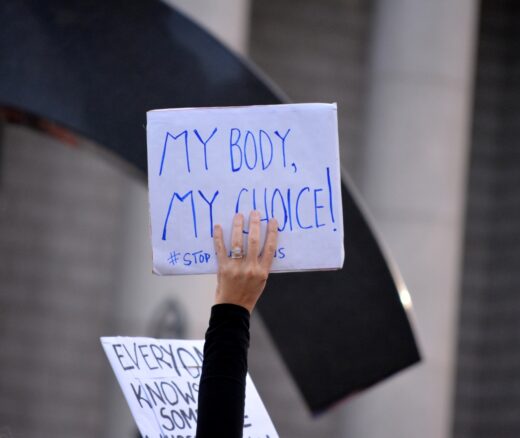
Integrated Care Plans Didn’t Boost Medicaid Enrollment for the Poorest Seniors
Chart of the Day: Medicare-Medicaid Plans—Created to Streamline Care for Dually Eligible Individuals—Failed to Increase Medicaid Participation in High-Poverty Communities
Blog Post
Does a Medicare payment policy designed to account for variation in wages inadvertently affect the choice of clinical interventions conducted across the United States?
The Centers for Medicare and Medicaid Services sets the Medicare wage index for each hospital labor market by calculating the ratio of the hospital labor market’s average hourly wage to the national average hourly wage. The goal of this calculation is simple: to increase reimbursements in high-wage markets and decrease them in low-wage markets. On its face, this wage index provides an equitable way to address variation in hospital labor costs. However, the policy does not consider the growing number of clinical areas where multiple surgical alternatives exist—some labor-intensive and others medical device-intensive.
A recent study by LDI Fellows Guy David, PhD, and Liisa Laine, PhD, and published in the American Journal of Managed Care examined the impact of the Medicare wage index on one such clinical area: treatment of cardiac valve disease. They found that an unintended consequence of Medicare’s wage index adjustment policy is that when hospital reimbursement is adjusted downward, physicians are less likely to perform minimally invasive clinical procedures. Why is that? The authors answer the question by looking at cardiac procedures.
They compared the use of surgical aortic valve replacement (SAVR) to the minimally invasive transcatheter aortic valve replacement (TAVR) for the treatment of aortic stenosis, a narrowing of the aortic valve. CMS payments are higher for the surgical procedure overall than for the minimally invasive procedure, but SAVR costs more in labor and TAVR carries a higher device cost.
When the researchers analyzed the Medicare claims data, they found that, in areas where the wage index was half the national average, there was a 35% lower rate of TAVR use. In areas where the wage index was 50% higher than the national mean, there was a 52% higher rate of TAVR use. In short, in hospitals where reimbursement was adjusted downward, physicians were less likely to perform the minimally invasive clinical procedure and more likely to perform the labor-intensive surgical procedure.
The comparison is interesting because patients do just as well, if not better, with minimally invasive TAVR. Furthermore, while less invasive procedures like TAVR involve lower total labor costs, a greater share of the cost of minimally invasive procedures is due to the device itself. Therefore, in areas where wages are adjusted downward, the cost of the device may consume a larger share of the overall reimbursement and discourage use.
Medicare’s reimbursement structures, such as the wage index, can be effective tools for ensuring consistency of payment across the United States. However, to reduce disparities in patient access to new, effective treatment options, factors like the cost of medical technology and the impact on clinical outcomes should be taken into consideration. The findings of this study highlight how a well-intentioned policy can have unintended effects—in this case, effects that may impact patient care options.
The study, The Unintended Consequences of Medicare’s Wage Index Adjustment on Device-Intensive Hospital Procedures, was published in the Mar 1, 2022 issue of the American Journal of Managed Care. Authors include Guy David, Candace Gunnarsson, Liisa Laine, Michael Ryan, Seth Clancy, Gunnar Gunnarsson, Kimberly Moore, and William Irish.

Chart of the Day: Medicare-Medicaid Plans—Created to Streamline Care for Dually Eligible Individuals—Failed to Increase Medicaid Participation in High-Poverty Communities
Research Brief: Shorter Stays in Skilled Nursing Facilities and Less Home Health Didn’t Lead to Worse Outcomes, Pointing to Opportunities for Traditional Medicare

How Threatened Reproductive Rights Pushed More Pennsylvanians Toward Sterilization

Abortion Restrictions Can Backfire, Pushing Families to End Pregnancies

They Reduce Coverage, Not Costs, History Shows. Smarter Incentives Would Encourage the Private Sector
Research Brief: Less Than 1% of Clinical Practices Provide 80% of Outpatient Services for Dually Eligible Individuals